Are you looking to elevate your brand's visibility and engage a broader audience? A well-crafted media partnership proposal can be the key to unlocking new opportunities for collaboration and growth. In this article, we'll explore effective strategies for creating a compelling letter that captures the attention of potential media partners. So, let's dive in and discover how you can create a partnership proposal that truly stands out!
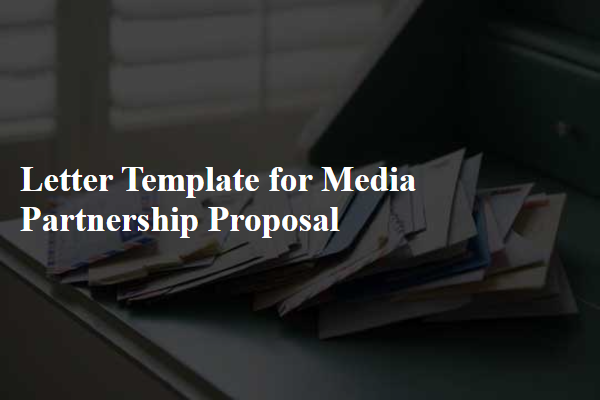
Clear Objectives and Goals
A media partnership proposal outlines the objectives and goals aligning both parties to achieve mutual benefits in publicity, audience engagement, and content distribution. Key objectives include increasing brand visibility through collaborative campaigns, fostering audience engagement through interactive content formats, and expanding social media reach to target demographics effectively. Establishing measurable goals such as achieving 20% growth in audience reach within six months, generating specific content views, and securing at least three collaborative events can enhance accountability. Utilizing metrics such as return on investment (ROI) and audience feedback will quantify success. Assessment of partnership outcomes through periodic evaluations ensures ongoing alignment with both parties' strategic objectives.
Audience Alignment and Reach
Media partnerships can enhance audience alignment and extend reach within target demographics. Strategic collaborations between organizations, such as non-profits and advocacy groups, facilitate the projection of shared missions and messages to wider audiences. For instance, when partnering with a prominent online platform like Facebook, brands can leverage advanced targeting tools to reach specific segments, such as millennials aged 18-34 in urban areas like New York City or Los Angeles. Additionally, events such as the annual Cannes Lions International Festival of Creativity attract large audiences and provide networking opportunities that amplify visibility. By aligning content and values, media partnerships can create more meaningful connections and significantly broaden outreach.
Value Proposition and Benefits
A strategic media partnership proposal should emphasize the unique value proposition that both parties stand to gain from collaboration. Such partnerships can leverage the combined audience reach, enhancing brand visibility and engagement. For example, a media outlet with a monthly readership of 500,000 could collaborate with an event organizer for an annual festival expected to draw 10,000 attendees. This cooperation can create promotional opportunities like featured articles, social media campaigns, and exclusive interviews, enriching content offerings and fostering deeper community connections. In addition, data analytics from joint campaigns might reveal audience insights, enabling refined marketing strategies that attract sponsors and advertisers, ultimately enhancing revenue potential for both parties involved.
Partnership Terms and Expectations
A media partnership proposal outlines clearly defined terms and expectations that guide collaborative efforts between organizations. Key components include a detailed description of the partnership scope, such as promotional activities, content sharing, and cross-platform marketing initiatives. Metrics for success, including engagement rates, audience reach, and potential revenue streams, should be specified. Timelines detailing project milestones, deadlines for deliverables, and review periods ensure accountability. Additionally, outlining roles and responsibilities for each party promotes transparency and effective communication. Legal considerations, such as copyright agreements and liability clauses, solidify the partnership framework. Finally, mechanisms for ongoing evaluation and adjustment of partnership strategies help maintain alignment with overarching goals and objectives.
Contact Information and Next Steps
Contact information is crucial for establishing clear communication lines between potential partners. It typically includes the names of key individuals involved in the proposal, their respective roles within the organization, phone numbers, and professional email addresses. Next steps outline the process following the proposal submission. These may involve scheduling a meeting to discuss the proposal in detail, setting deadlines for feedback, and specifying the desired timeline for partnership initiation. Additionally, it's important to encourage open dialogue and provide avenues for further inquiries or clarifications regarding the partnership.

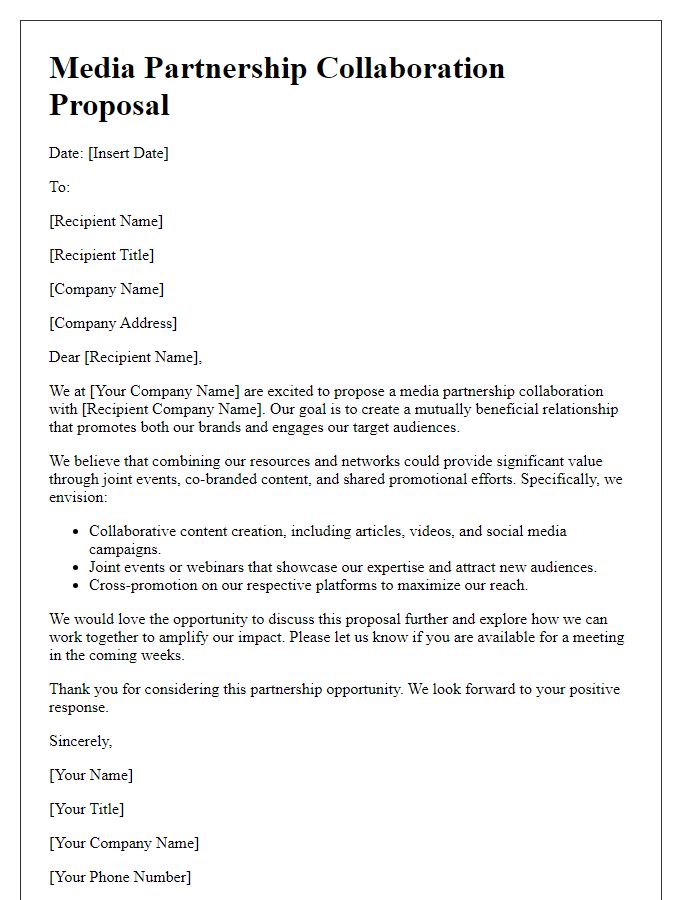
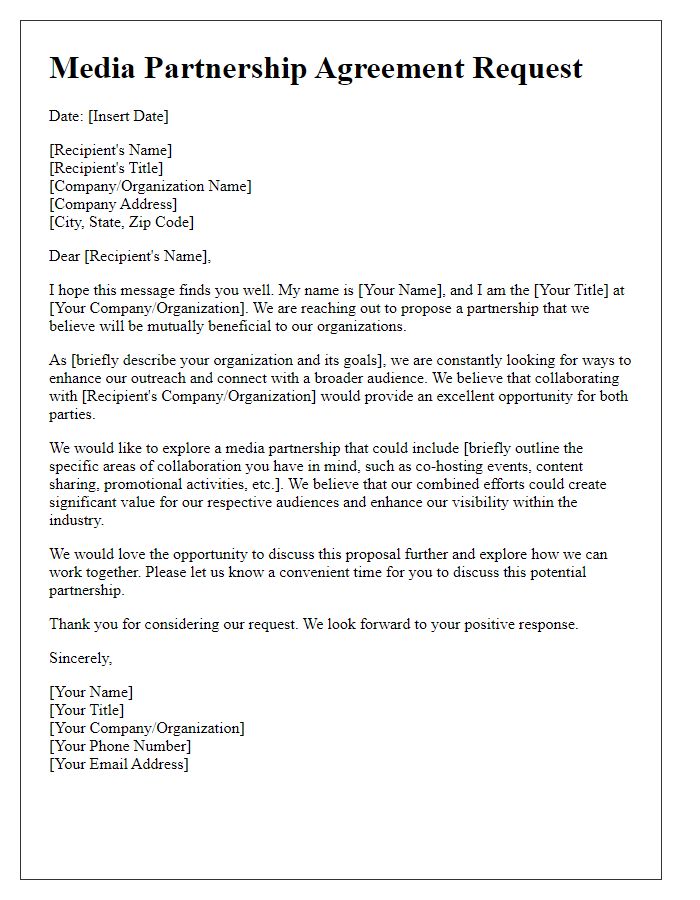
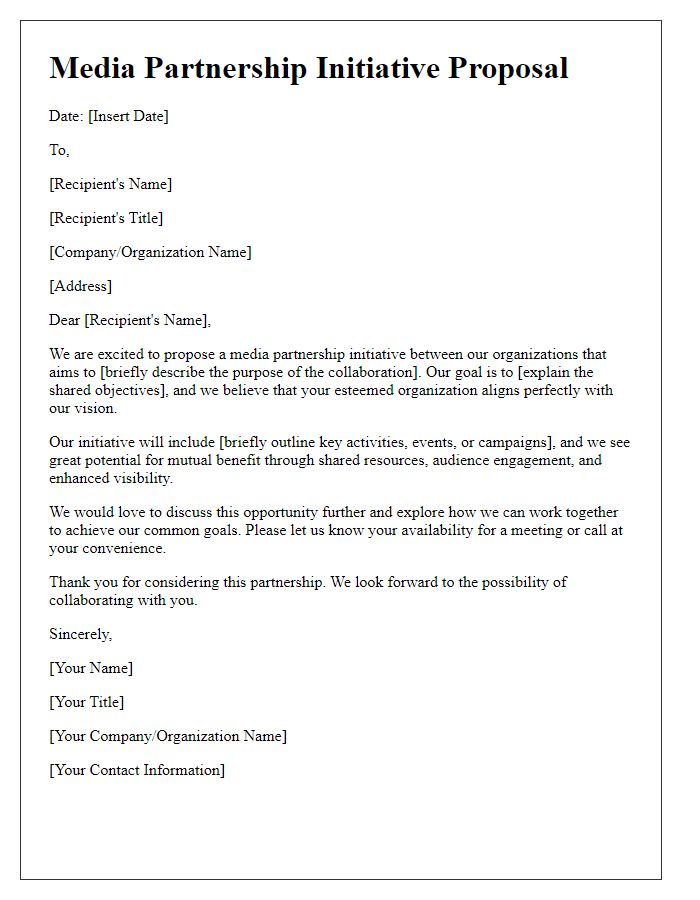
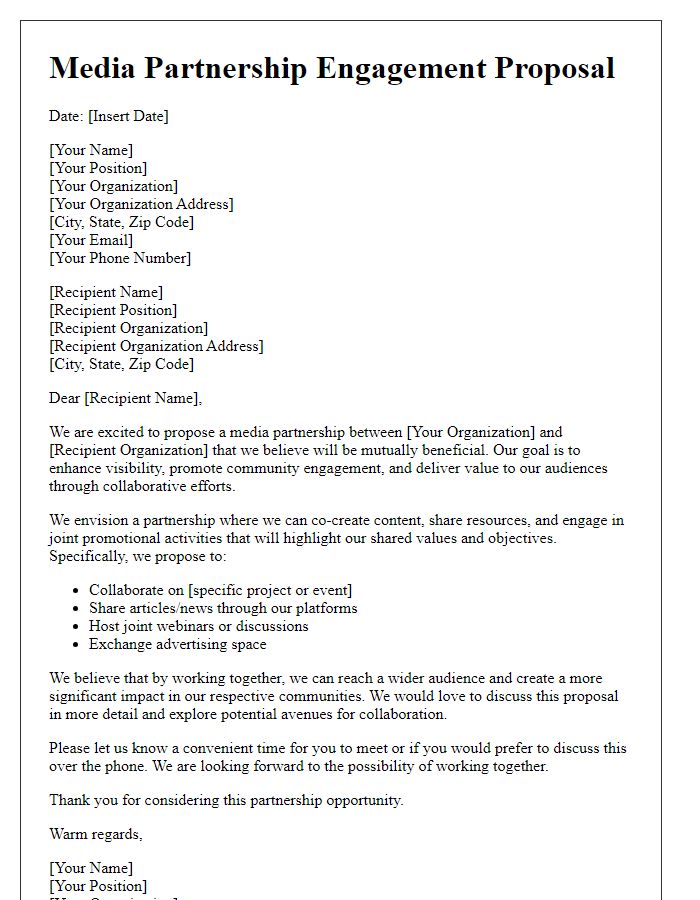
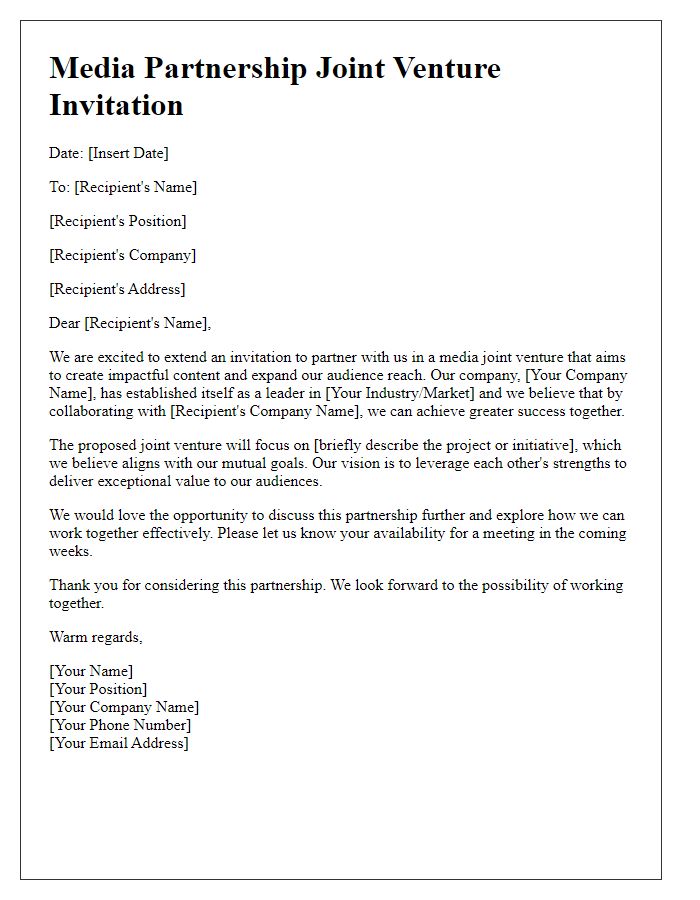
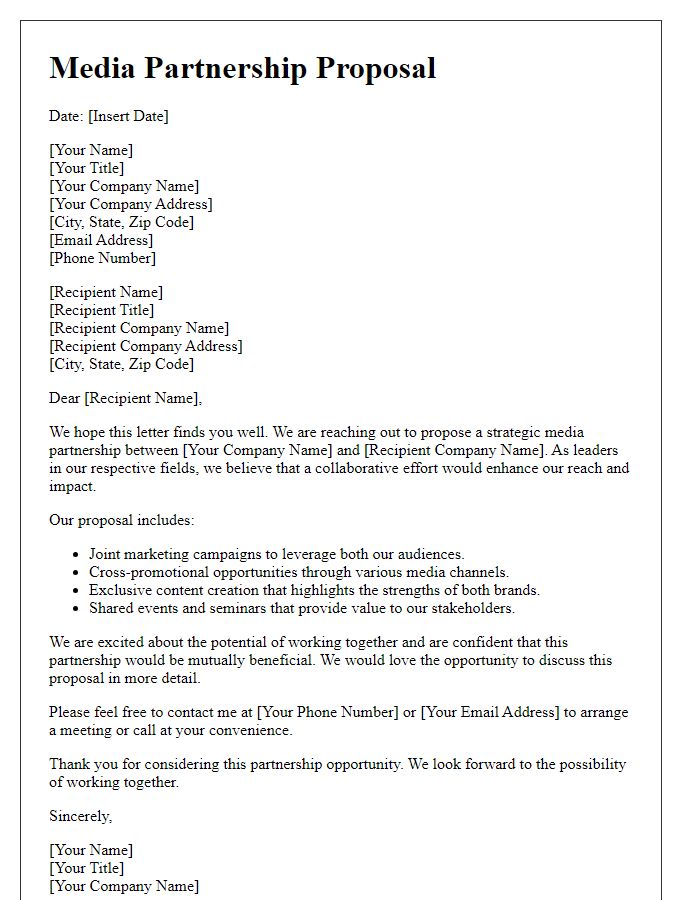
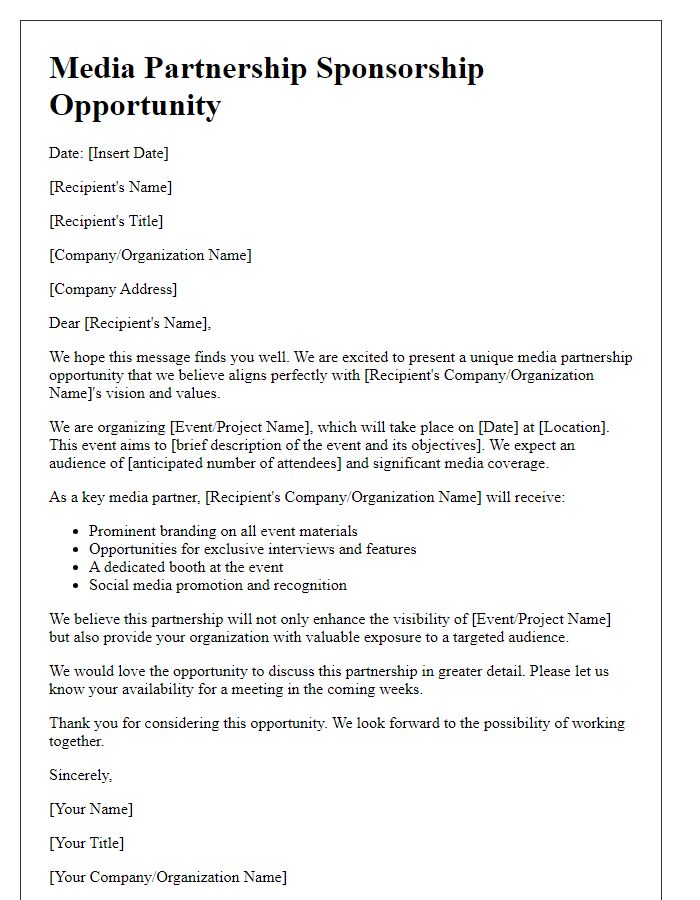
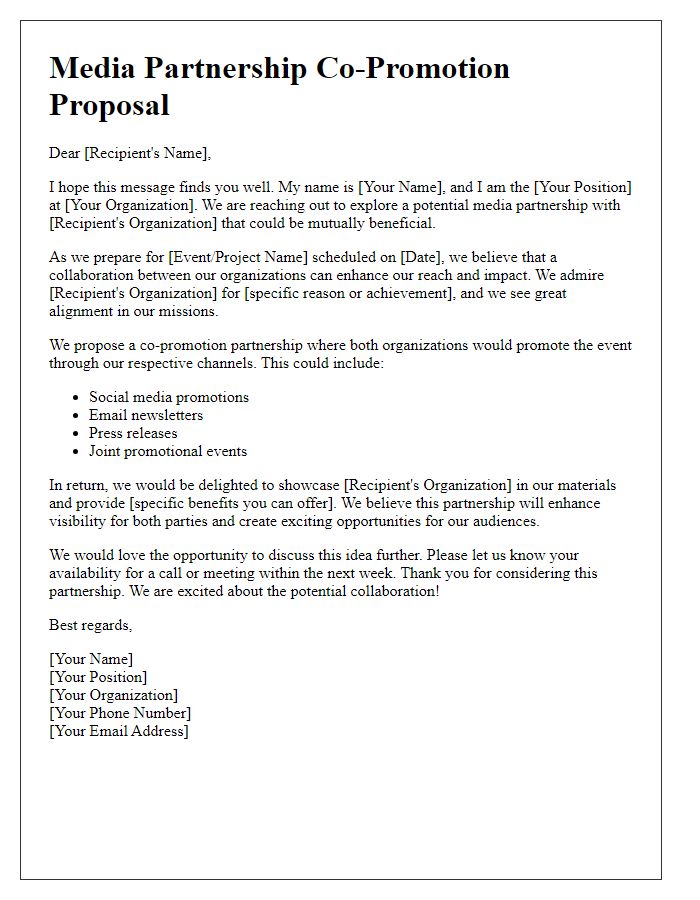
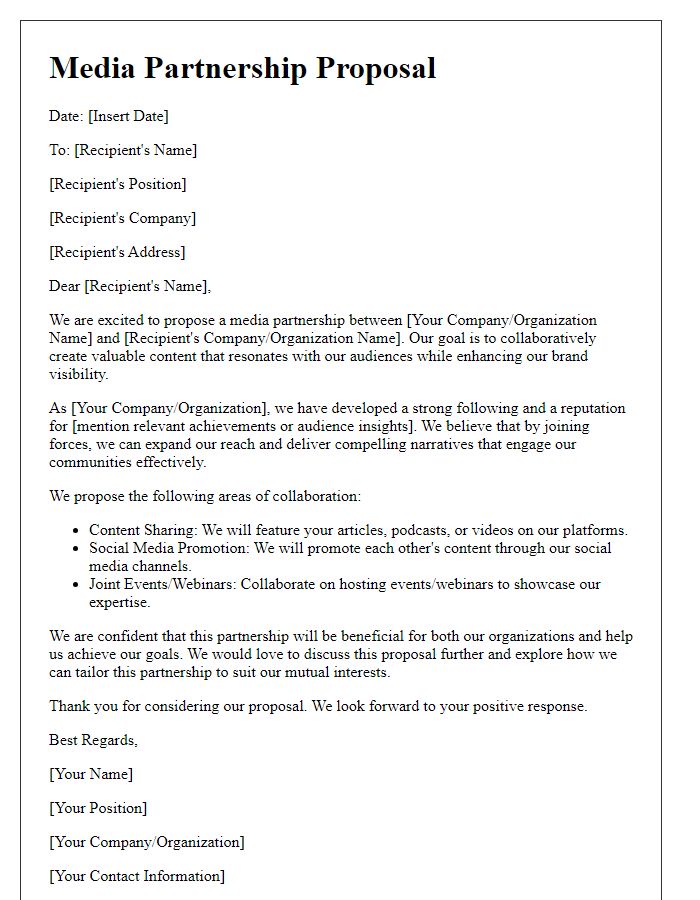
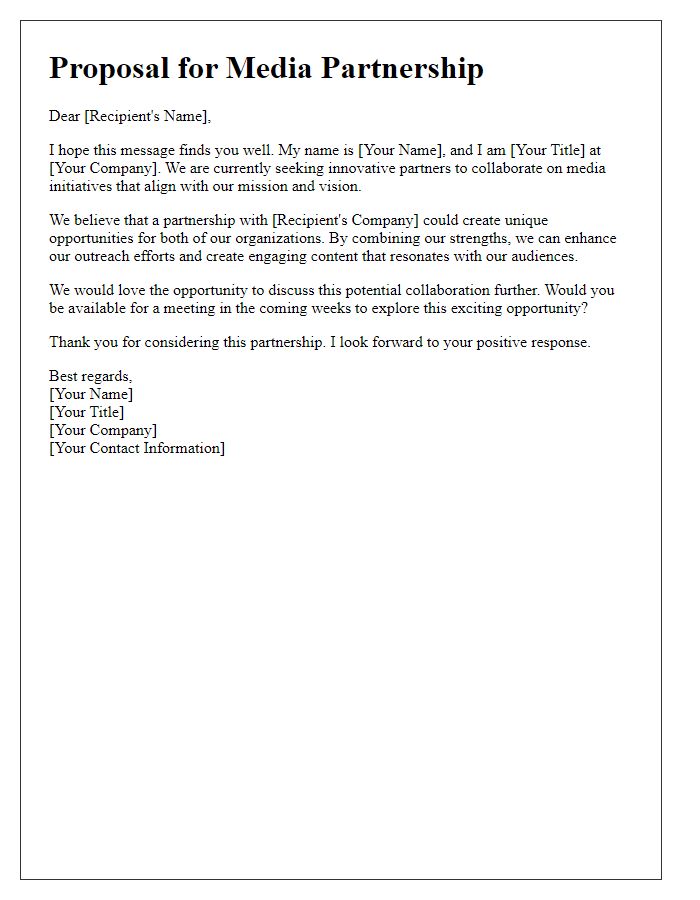

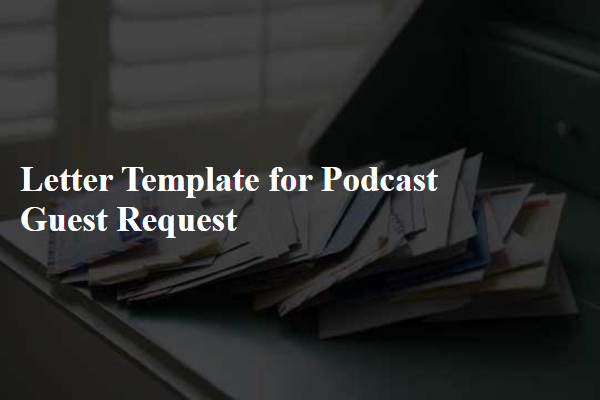
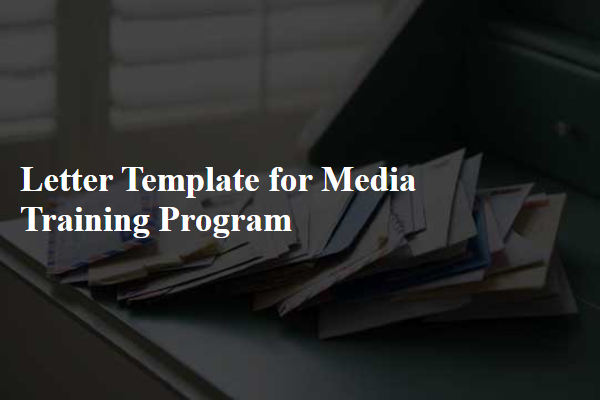


Comments